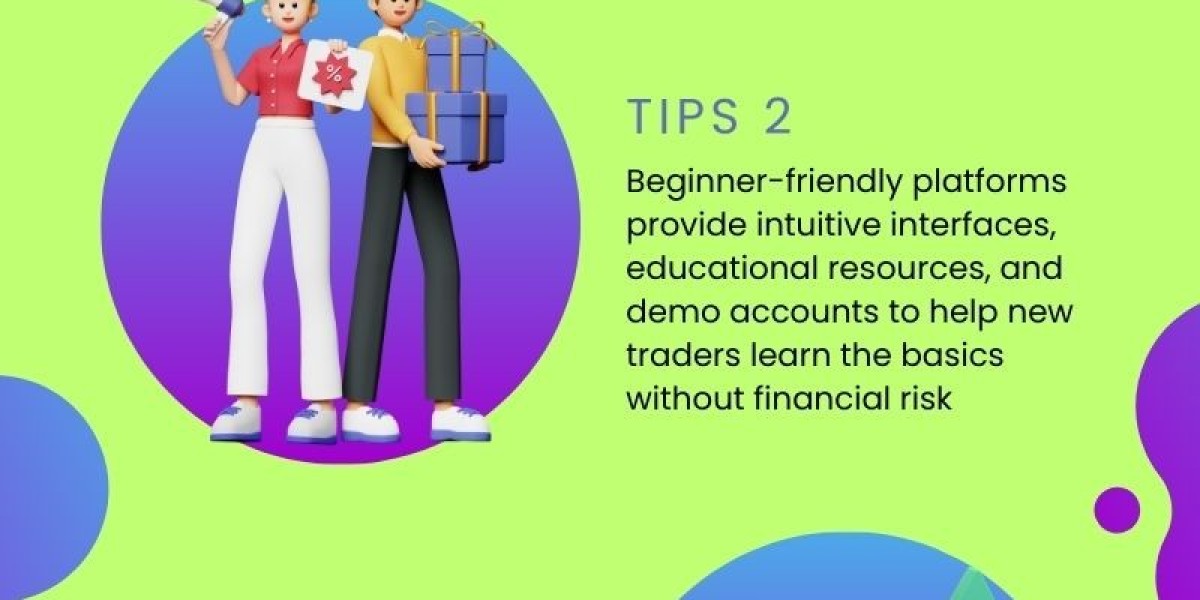Forex trading, also known as foreign exchange trading or currency trading, is the process of buying and selling currencies in the foreign exchange market with the aim of making a profit. The Forex market is the largest and most liquid financial market in the world, where trillions of dollars are traded daily.
Here's a breakdown of the key concepts:
1. Currency Pairs:
- In forex trading, currencies are traded in pairs (e.g., EUR/USD, GBP/JPY, USD/JPY). This means you are simultaneously buying one currency and selling another.
- The first currency in the pair is the base currency (e.g., EUR in EUR/USD), and the second is the quote currency (e.g., USD in EUR/USD).
- The price of a currency pair represents how much the quote currency is needed to purchase one unit of the base currency. For example, if EUR/USD is 1.2000, it means 1 Euro is worth 1.20 US Dollars.
2. The Forex Market:
- The forex market is decentralized, meaning it doesn’t have a physical location like the stock market. Trading happens electronically over-the-counter (OTC) between banks, financial institutions, corporations, and individual traders.
- The market operates 24 hours a day, five days a week, as it spans across different time zones (Asian, European, and North American trading sessions).
3. How Does Forex Trading Work?
- Forex traders try to profit from fluctuations in exchange rates between different currencies. For example, if you think the value of the Euro will rise against the US Dollar, you would buy the EUR/USD pair. If the price rises as expected, you sell it at the higher price to make a profit.
- Conversely, if you expect the Euro to fall against the Dollar, you would sell the pair (take a short position). If the price drops, you can buy it back at a lower price, earning the difference.
4. Leverage in Forex:
- Leverage allows traders to control a larger position with a smaller amount of capital. For example, with 100:1 leverage, you can control a $100,000 position with just $1,000 in your account.
- While leverage can amplify profits, it also increases the risk of significant losses, so it’s important to use it carefully.
5. Major Currency Pairs:
- The most traded currency pairs are known as major pairs. These include:
- EUR/USD (Euro / US Dollar)
- GBP/USD (British Pound / US Dollar)
- USD/JPY (US Dollar / Japanese Yen)
- AUD/USD (Australian Dollar / US Dollar)
- USD/CHF (US Dollar / Swiss Franc)
- These pairs are typically more liquid and have tighter spreads, which makes them popular among traders.
6. Profit and Loss:
- Forex traders make profits or losses based on the difference in the exchange rates of the currencies. If the exchange rate moves in the direction the trader anticipated, they profit. If it moves in the opposite direction, they incur a loss.
- The pips (percentage in point) measure the change in the exchange rate, and the amount of money a trader makes or loses depends on how many pips the price moves and the size of the trade.
7. Why Trade Forex?
- Liquidity: The forex market is highly liquid, meaning it’s easy to enter and exit trades.
- Accessibility: Anyone with a computer or smartphone can access the forex market through brokers offering online trading platforms.
- Potential for Profit: Due to its volatility, forex trading can provide profitable opportunities for those who understand the market, although the risks can be high.
- Market Hours: The 24/5 nature of the market provides flexibility for traders in different time zones.
8. Types of Forex Orders:
- Market Order: A trade executed immediately at the current market price.
- Limit Order: An order to buy or sell at a specified price or better.
- Stop Loss Order: An order to close a position at a certain price to limit potential losses.
- Take Profit Order: An order to automatically close a position when a specified profit level is reached.
9. Types of Traders:
- Day Traders: Open and close trades within a single trading day, aiming to profit from short-term price movements.
- Swing Traders: Hold positions for several days or weeks, seeking to profit from price "swings."
- Scalpers: Make numerous small trades throughout the day, looking to profit from tiny price changes.
- Position Traders: Hold trades for a longer period (weeks or months), aiming to profit from long-term trends.
10. Risks of Forex Trading:
- Volatility: Currency markets can experience rapid price changes, which can lead to substantial gains or losses.
- Leverage: While leverage can increase profits, it also increases the risk of significant losses, especially for beginners.
- Market Knowledge: A lack of understanding of the forex market and risk management strategies can result in losing money quickly.
Conclusion:
Forex trading offers the potential for profit, but it's essential for beginners to approach it with caution. It requires knowledge of the market, solid trading strategies, and an understanding of risk management. To start, you can practice on a demo account with virtual money before trading with real funds.








